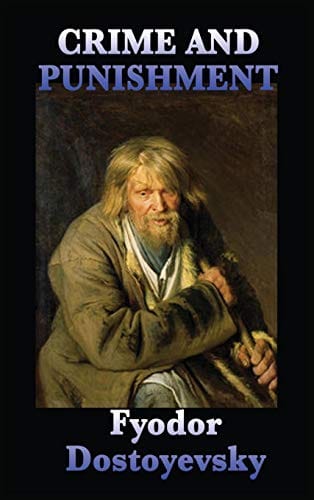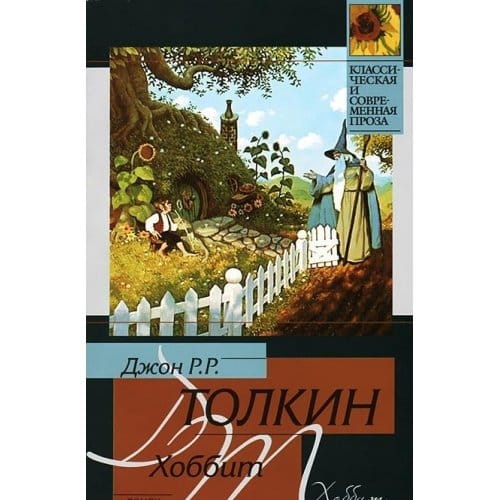Crime and Punishment: Exploring Dostoevsky's Psychological Masterpiece
A concise exploration of Dostoevsky’s Crime and Punishment—its plot, themes, psychology, and lasting impact—showing why the novel remains vital today.

Introduction
Few novels penetrate the human psyche as deeply as Fyodor Dostoevsky’s "Crime and Punishment." First published in 1866, the book has captivated generations with its intense psychological portrait of a young man driven to murder, the moral and spiritual reckoning that follows, and the broader social commentary embedded in every chapter. More than 150 years later, the novel continues to resonate because its questions about guilt, redemption, and the nature of evil remain unsettlingly relevant.
Plot Overview
The story centers on Rodion Romanovich Raskolnikov, a former law student living in poverty in Saint Petersburg. Convinced that extraordinary individuals can transcend moral law for a higher purpose, he murders Alyona Ivanovna, a pawnbroker, believing that her death will benefit society. The crime, however, sets off an agonizing psychological spiral. Raskolnikov’s attempt at rationalizing the murder collapses under the weight of guilt, paranoia, and the relentless investigation led by the astute detective Porfiry Petrovich. Gradually, the protagonist’s internal torment eclipses any external threat, leading him toward confession and—ultimately—spiritual rebirth in a Siberian penal colony.
Major Themes
Moral Ambiguity and Responsibility
Dostoevsky refuses to present a simple moral universe. Raskolnikov’s theory of the "extraordinary man" challenges readers to confront the limits of ethical relativism. Can noble ends ever justify violent means? The novel’s answer is a resounding no, but it reaches that conclusion through painstaking psychological exploration rather than didactic sermonizing.
The Burden of Conscience
Almost from the moment the axe falls, Raskolnikov is haunted by an unrelenting inner voice. His fear of legal punishment pales beside his terror of spiritual damnation. This depiction turns conscience into a character as potent as any living person in the narrative, demonstrating how internal judgment can dwarf external authority.
Poverty and Social Injustice
Set against the squalor of 19th-century Saint Petersburg, "Crime and Punishment" shows how crushing poverty shapes moral choices. Dostoevsky paints vivid portraits of overcrowded lodging houses, hungry students, and desperate families. While he condemns Raskolnikov’s crime, he also indicts a society that leaves brilliant minds like Raskolnikov’s to fester in hopelessness.
Psychological Depth
Dostoevsky pioneered what would later be called the psychological novel. The reader spends vast stretches of the book inside Raskolnikov’s feverish consciousness, experiencing shards of delirium, flashes of grandiosity, and waves of self-loathing. Modern neuroscience might label his episodes as anxiety or depression, but Dostoevsky captures something more elusive: the soul’s fragmentation when it rebels against moral law. This intimate access to Raskolnikov’s thoughts allows readers to understand, if not excuse, his descent into violence and madness.
Philosophical Questions
Beyond psychology, the novel is a laboratory for big ideas. Raskolnikov’s "Napoleon" theory asks whether greatness grants moral immunity. The compassionate prostitute Sonya embodies Christian humility, urging Raskolnikov to find salvation through suffering. Meanwhile, characters like Svidrigailov represent nihilism, pursuing pleasure with no regard for ethical boundaries. In bringing these philosophies into collision, Dostoevsky stages a debate that anticipates existentialism and questions whether objective morality can survive in a secular age.
Symbolism and Motifs
Symbols in "Crime and Punishment" amplify its themes. The oppressive summer heat mirrors Raskolnikov’s fevered mind. Bridges signify transitions—from innocence to guilt, isolation to confession. Dreams blur reality and reveal subconscious fears, such as the infamous dream of a beaten horse, which foreshadows the brutality Raskolnikov will enact. Together, these motifs thicken the narrative texture and invite multiple readings.
Legacy and Influence
"Crime and Punishment" has influenced writers as diverse as Franz Kafka, Albert Camus, and Richard Wright. Its exploration of alienation prefigures modernist concerns, while its spiritual dimension provides a counterpoint to purely materialist worldviews. In academia, the novel remains a staple of literature, psychology, and philosophy syllabi, continually attracting fresh critical perspectives. Popular culture references—from films and television to graphic novels—attest to its enduring power.
Why It Still Matters
Contemporary readers find Raskolnikov’s anguish eerily modern. In an era of rising individualism and moral relativism, his intellectual arrogance and subsequent collapse caution against hubris. The novel also underscores that true freedom is unattainable without moral accountability. Whether one approaches the book for its suspenseful plot, its psychological insight, or its theological questions, "Crime and Punishment" offers a profound meditation on what it means to be human.
Conclusion
"Crime and Punishment" endures because it combines thrilling narrative, penetrating psychology, and timeless ethical inquiry. Dostoevsky invites us to walk the tightrope between sin and redemption, reason and faith, despair and hope. By confronting the darkest corners of the human heart, the novel ultimately illuminates the possibility of renewal. As readers close the final page, they are left not with easy answers but with a deeper awareness of the fragile yet resilient nature of the human spirit.



